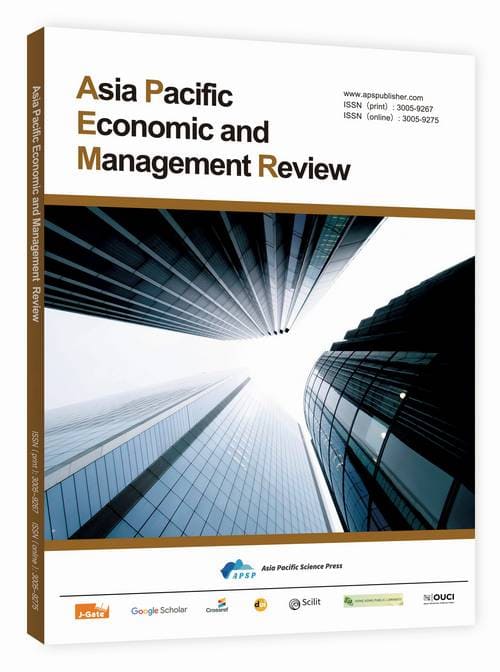Comparative Analysis of Investment Environments for Chinese Auto Parts Enterprises in Mexico and Southeast Asia and Different Development Strategies
DOI:
https://doi.org/10.62177/apemr.v2i5.818Keywords:
Automotive Parts Enterprises, Overseas Investment, PESTEL Analysis, Mexico, Southeast AsiaAbstract
This paper employs the PESTEL six-dimensional analytical framework to systematically compare the investment environments and strategic differences for Chinese automotive parts enterprises in Mexico and Southeast Asia. The study examines six dimensions—political, economic, social, technological, environmental, and legal—to analyze similarities and differences between the two regions in terms of policy stability, economic potential, social labor force structure, technological innovation capabilities, sustainable development policies, and legal safeguards. Results indicate that Mexico, leveraging its proximity to North American markets, industrial support systems, and free trade agreement networks, is well-suited for high-value-added and technology-intensive enterprises. Conversely, Southeast Asian nations offer greater appeal in terms of labor costs, policy flexibility, and market diversification. Based on these findings, this paper proposes that Chinese enterprises should adopt differentiated international investment strategies: strengthening supply chain coordination and smart manufacturing capabilities in Mexico, while prioritizing localized operations, environmental responsibility, and social governance in Southeast Asia. This dual-track approach will help build a competitive and resilient global development framework.
Downloads
References
China Association of Automobile Manufacturers, China Automotive Technology & Research Center Co., Ltd., & Toyota Motor Corporation. (2020). China automotive industry development report (2020).
Yang, R. C., & Shi, Y. J. (2024, July 29). Transformation and overseas expansion: The Third Plenary Session of the 20th CPC Central Committee outlines the development blueprint for the automotive industry. China Business Journal, p. C05.
Wang, W. T. (2024). Improving the institutional mechanisms for high-level opening-up. Qiushi Journal, (16), 33–37.
Guan, K. J., Niu, R. F., & Peng, M. (2024, February 20). The growing global influence of Chinese automotive brands. People's Daily, p. 17..
Xiaguang Think Tank. (2024). What trends are emerging in China's NEV exports? Automobile & Parts, (9), 46–47.
Yuan, Y. (2022, April 15). Mexico's economy struggles to reduce reliance on the U.S. Economic Daily, p. 4.
Gao, Q., & Wu, Y. (2024, April 18). Why is Mexico's economic growth leading Latin America? People's Daily Overseas Edition, p. 6.
Ministry of Commerce of the People's Republic of China, Chinese Academy of International Trade and Economic Cooperation, & Economic and Commercial Counsellor's Office of the Embassy of the People's Republic of China in Mexico. (2023). Country (region) guide for outward investment and cooperation: Mexico (2023 edition).
Zhang, M. T., & Wen, B. (2024). How to view Chinese companies entering the U.S. market via Mexico. China Forex, (9), 26–29.
Downloads
How to Cite
Issue
Section
License
Copyright (c) 2025 Xin Sun, Tieshan Wang

This work is licensed under a Creative Commons Attribution-NonCommercial 4.0 International License.
















